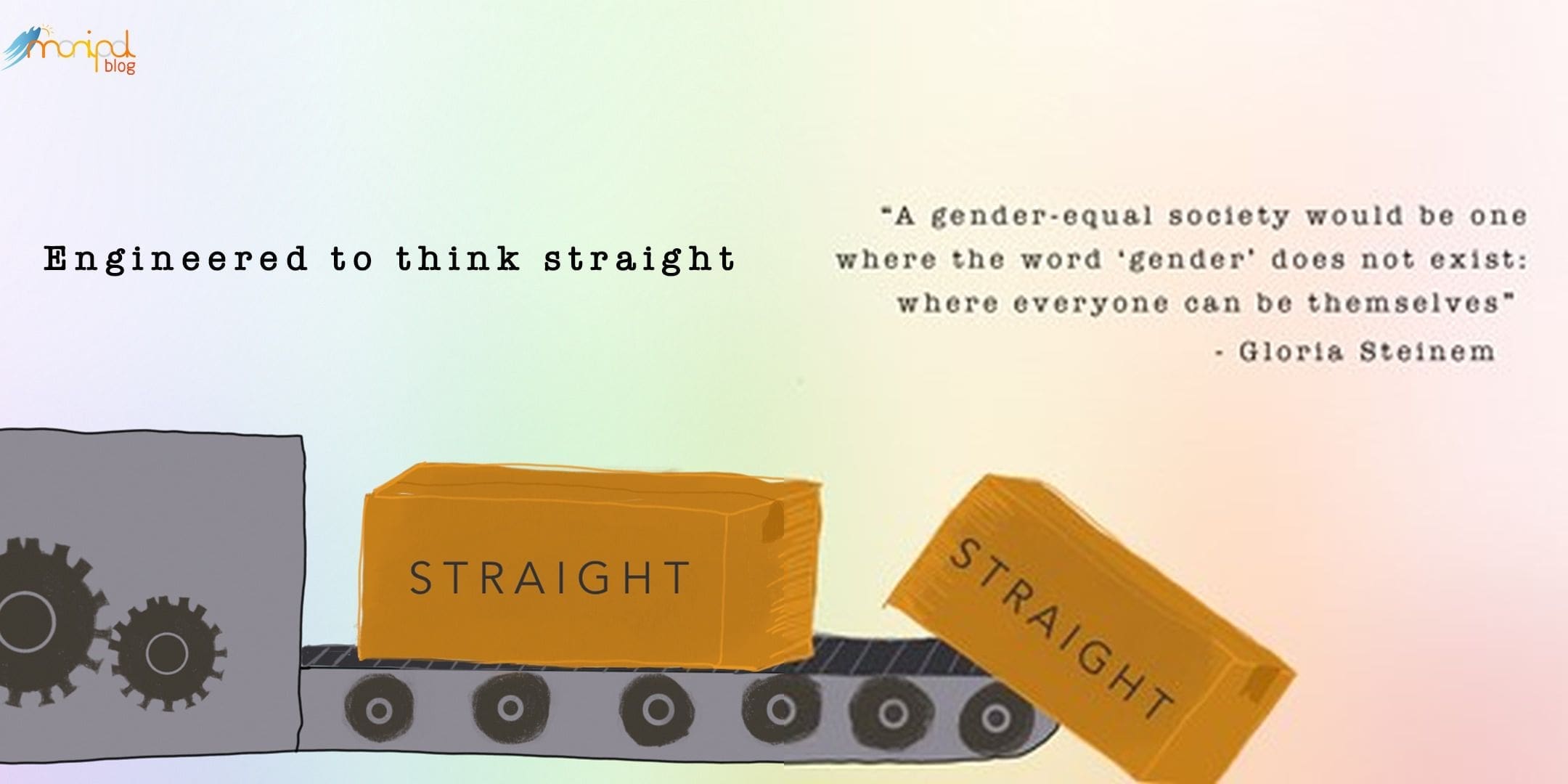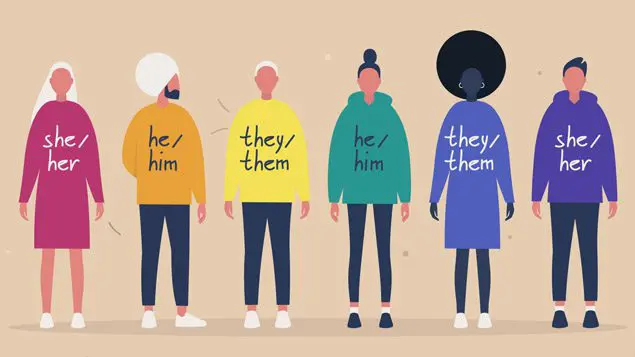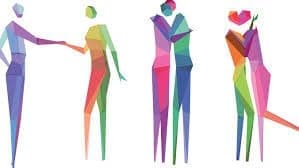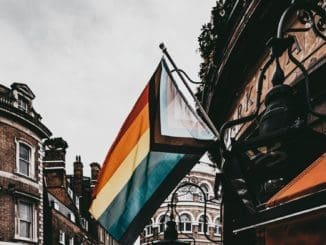
Heterosexuality, as a concept, has been a prevalent social construct in our day-to-day lives. Our conditioning, while growing up, is no surprise to anyone. It was always assumed that a boy would be attracted to a girl, and a girl will be attracted to a boy. This very conditioning is known as “Heteronormative Conditioning” or, in simple words, “Thinking Straight.”
It sounds striking when we provide academic terminology to it. However, this social construct needed a vocabulary of its own as it suppressed the queer community’s voices. This social construct has led to a presumptuous understanding that we must fit each gender in labeled boxes. Unfortunately, these labels are imposed binaries too.
Thinking Straight: Biological Sex and Gender Identity
Historically, the terms ‘Sex’ and ‘Gender’ have been used relatively interchangeably. A real example is a classroom set up for biology. You might have noticed that the teacher tends to go back and forth with both the terms while teaching biological sex.
Biological Sex
Thinking Straight – Biological SexNow we must understand what the fundamental differences are between both these terms. “Sex” determines the chromosomes present in the person. Both males and females have 46 chromosomes. A female will have a combination of XX chromosomes, and a male will have a mix of XY chromosomes.
There is always one in 1,500 who is born intersex. Some intersex people may have genitals that fall out of the male and female binaries. In comparison, other intersex people may have a unique combination of chromosomes (XXY). Parents usually ask the doctors to perform surgery on their born intersex children to fit them in one particular binary.
Gender Identity

Gender is a complex social structure. World Health Organization defines gender as the characteristics of women and men that are socially constructed. Gender is a complex overlapping of various social identities such as personal identity, other people’s perception of us, cultural roles, ethnic roles, and the likes.
Gender Identity is an extension of gender. It refers to a deep personal sense of how we perceive our gender, whether this identity aligns with the biological sex or not. When gender identities align with the biological sex, the person identifies themself as a “cis-gender.”
When the gender identity does not match with the biological sex given at birth, the person may identify themself as “transgender” or “non-binary.”
Let Us Not Confuse these terms with Sexual Orientation.

Sexual Orientation is defined as romantic or sexual attraction towards the opposite sex or gender, same-sex or gender, or this attraction can be towards both the sexes and genders or multiple genders.
The primary keyword that one must remember when we try to comprehend sexual orientation is ‘attraction.’ This attraction can be romantic and sexual, or anyone of the two. A person can have their gender identity aligned with their biological sex (cis), but they could still identify themselves as bisexual, gay, or lesbian.
We mustn’t confuse gender identity with sexual orientation as the two are very separate terms. Gender identity is personal to how a person identifies. Sexual orientation is on a romantic-sexual level; it is based solely on attraction.
A person who identifies themself as a transwoman (Gender Identity) can have a sexual orientation of a bisexual (sexual orientation) identity.
It is time that we incorporate Queer (LGBTQ+) Community in our education curriculum as Queer rights are basic Human Rights. It is of paramount importance that the upcoming generation is taught how to value and respect the Queer Community. More than loving the community, inclusivity plays a more significant role in the societal spectrum. Children having a hard time comprehending their gender identities should be able to have someone to talk to.
According to the 2018 census, 42,000 teenagers died of suicide due to gender dysphoria. The percentage has all the more increased over time.
What is Heteronormative Conditioning?
Every single structure created by the hands of people (visible or invisible) is, in fact, a social structure. Money, clothes, institutions, language, cultures, politics are all social phenomena. However, why do multiple pioneers and journalists question heteronormativity? This is because; a) heteronormative social construct is still a very abstract concept, and b) it has marginalized a community and conditioned people to think that heterosexuality is the right concept.
Heteronormative society has privileged heterosexuality. For example, through the fairytales, we have been brought up to privilege heterosexuality (King marries the Queen). This, in reality, politicizes procreation. We have been conditioned into “thinking straight” because a man and woman can produce biological children.
Politicizing gender roles for more economic growth and control over kingdoms have led to a conditioned system of Heteronormatovity. We must stop placing people into boxes and start letting them have a sense of their own identity. In fact, as a society, we must uplift each other to be able to embrace diverse identities. It shouldn’t cause anxiety but an opposite feeling of warmth and faith in understanding the feeling of genuine love.
I will close this article with a quote by the famous journalist Gloria Steinem-
“A gender-equal society would be one where the word ‘gender’ does not exist: where everyone can be themselves”
– Gloria Steinem
 About the Author: Asmita Sen was born in Patiala but has lived in eleven different states. She hails from Kolkata, West Bengal.
About the Author: Asmita Sen was born in Patiala but has lived in eleven different states. She hails from Kolkata, West Bengal.
She started writing officially for magazines and newsletters since she was thirteen years old. Started journaling since she was twelve years old, and gradually dialed up to blogging.
She is a part-time content writer and LGBTQ+ blogger. She is currently pursuing a Master’s in Media and Communications at The Manipal Institute of Communication.




Be the first to comment